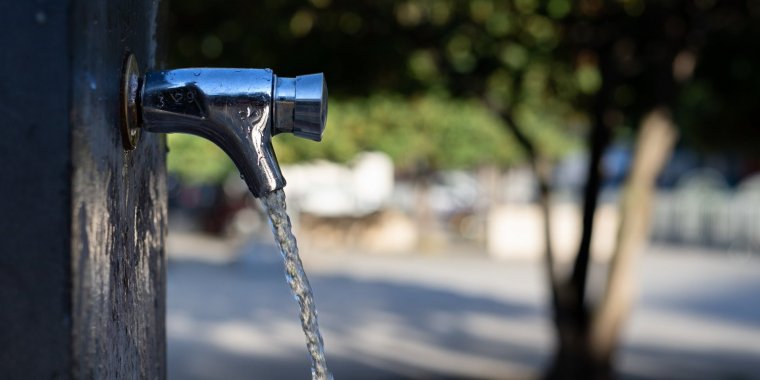| Health / Health News |
Chlorine dispensers fitted to public taps cut child diarrhoea
A low-cost device that infuses small amounts of chlorine into water drawn from public taps can reduce child diarrhoea by 23 per cent, according to a study conducted in Bangladesh.

Chlorine dispensers fitted to public taps cut child diarrhoea. Photo: Nicolas COMTE/Unsplash
Diarrhoeal disease is the second leading cause of death in children under five years of age and is responsible for killing some 525,000 children every year, according to the WHO, while UNICEF says nearly 60 per cent of deaths due to diarrhoea worldwide are attributable to unsafe drinking water and poor hygiene and sanitation.
Results of the study showed a reduction in the consumption of antibiotics among families that used water from taps fitted with special dispensers containing chlorine tablets that gradually dissolve and treat flowing water.
“This novel technology requires no behaviour change or effort by users — safe water comes straight out of the tap. This point-of-collection approach to water treatment could be a transformative strategy for reducing gastro-intestinal disease burden in low-income urban communities,” said Pickering, assistant professor at Tufts University in the US.
Previous research focused on household-level water treatment that required people to add their own doses of chlorine. Chlorination is one of the cheapest and most widely available methods to make drinking water safe, but poor taste and bad smell of chlorinated water are major barriers to adoption.
The new device uses a low-residual chlorine dose (0·3–0·5 parts per million), which increases taste acceptability and improves drinking water quality. The researchers are hopeful that the study will help catalyse scale-up of automated chlorination technologies, which could contribute to global progress towards the UN Sustainable Development Goal 6.1 for universal access to safe, affordable drinking water.
An estimated one billion people globally have access to piped water that does not meet international safety standards. More than 50 per cent of piped water samples in Dhaka were found to be contaminated with Escherichia coli, a bacterium responsible for diarrhoea and an important cause of childhood mortality in the Asia-Pacific region. (SciDev.Net)
YOU MAY ALSO LIKE





